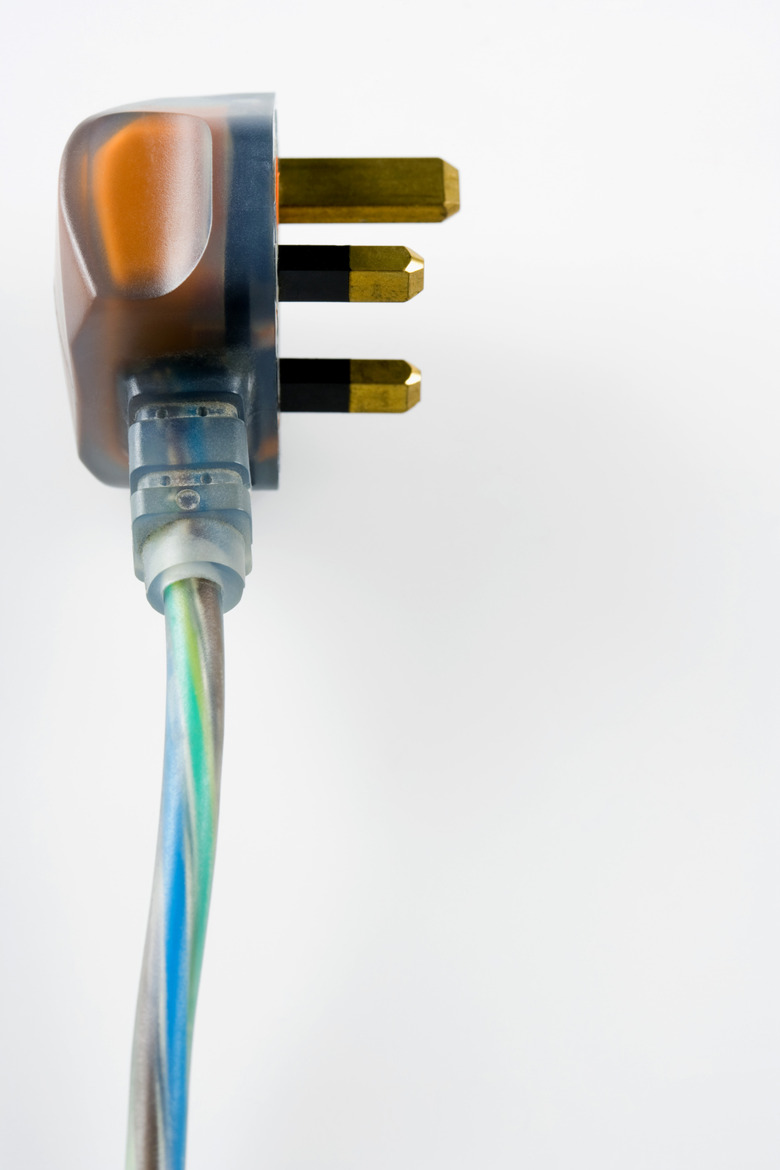How To Recycle Silver In Electrical Contacts
In a majority of electrical items, small amounts of precious metals, such as silver and gold are used as electrical contacts. Precious metals conduct digital signals better than common metals. Instead of throwing away broken or obsolete items with electrical contacts, recycle the silver that they contain in your home. Diluted hydrochloric acid dissolves most materials leaving precious metals, like silver, undissolved. Hydrochloric acid is commonly used to recycle precious metals from electronic scrap.
Step 1
Pour 2 cups of 12-percent hydrochloric acid into a glass beaker.
Step 2
Insert the electrical contact into the hydrochloric acid solution. Let the hydrochloric acid dissolve the nonsilver components of the hydrochloric acid solution.
Step 3
Wait for the reaction between the nonsilver components and the hydrochloric acid to stop. Wait time is 12 hours to 7 days. The solution stops bubbling when only silver remains.
Step 4
Fill a 1-gallon container with 4 cups of vinegar. Vinegar is a base that neutralizes acid.
Step 5
Remove the silver with metal tongs and insert the silver and tongs into the container to neutralize the hydrochloric acid for 10 minutes.
Step 6
Remove the silver with metal tongs and rinse the silver and tongs with tap water.
Step 7
Recycle the silver by melting it down or selling it to a local precious metal buyer, such as a jeweler.
Things Needed
- 2 cups of 12-percent hydrochloric acid
- Glass beaker
- 1-gallon container
- 4 cups of vinegar
- Metal tongs
Warning
Hydrochloric acid is extremely corrosive. If it is spilled or makes contact with your skin, rinse the area with vinegar and water. Immediately call the National Poison Control Center.
When hydrochloric acid reacts with other materials, it causes a poisonous vapor. Work in a well-ventilated area and wear protective gloves, goggles, mask and clothing.
Cite This Article
MLA
Kim, Clayton. "How To Recycle Silver In Electrical Contacts" sciencing.com, https://www.sciencing.com/recycle-silver-electrical-contacts-11402923/. 24 April 2017.
APA
Kim, Clayton. (2017, April 24). How To Recycle Silver In Electrical Contacts. sciencing.com. Retrieved from https://www.sciencing.com/recycle-silver-electrical-contacts-11402923/
Chicago
Kim, Clayton. How To Recycle Silver In Electrical Contacts last modified March 24, 2022. https://www.sciencing.com/recycle-silver-electrical-contacts-11402923/
